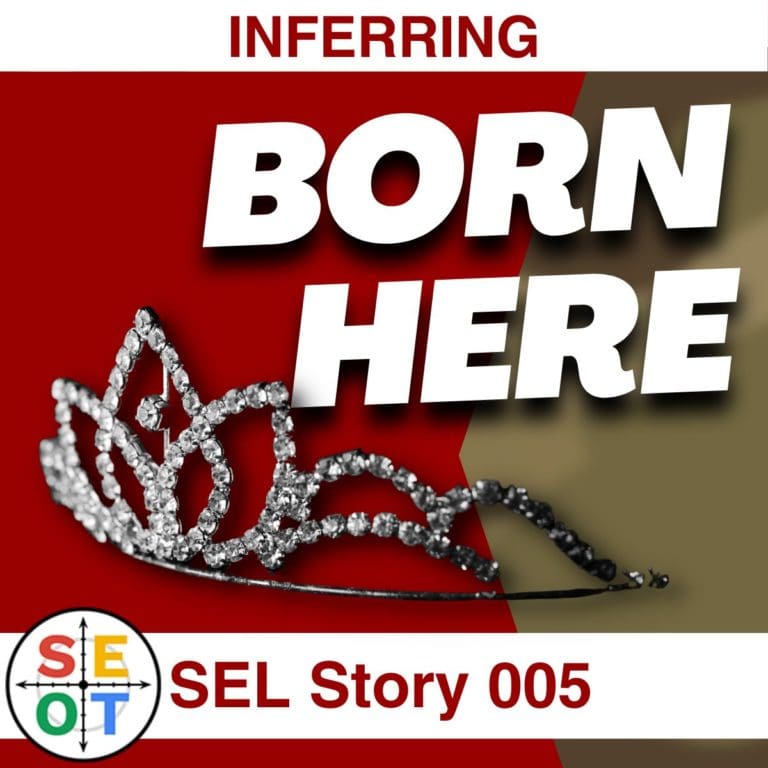Born Here. Failed Six Years!
This person was asked by a stranger if she was born in this country.
Although immediately offended, the conversation she had with the stranger would change her life forever.
Have your students ever been offended by somebody? What happened next?
